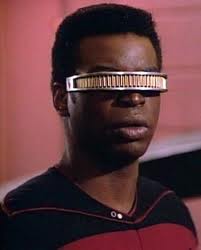Google’s plan to revolutionize eyewear by turning it into a virtual Internet appliance could be tempered considerably by the Internet Overcharging schemes enforced by most of North America’s wireless phone companies that would provide the connectivity.
Google’s Project Glass reportedly will produce the first set of Google glasses, which provide eye-activated online content, before the end of the year. Without any vision correction, the glasses are anticipated to retail for $250-600, not including your wireless Internet plan.
Chris Green, principal analyst at Davies Murphy Group Europe, told the BBC Google may have bit off more than they can chew, and that other companies have considered similar techwear but abandoned prototypes because technology was insufficient to adequately power the devices.
“Monetization opportunities would be enormous, but there are still big issues involved with shrinking the technology and making the computer that receives and processes the data truly portable,” Green said.
The glasses project icons and images within the wearer’s field of vision and allow voice-activated control and communication.
The constant connectivity could provide a major new revenue source for usage-capping wireless providers, especially if the wearer decides to pass the time watching something other than what is directly within the field of view. While short messages and updates would have almost no impact on wireless data allowances, streamed content, especially video, could.
That may make the initial price tag for the glasses the least expensive part of owning them.
A two-year contract for wireless data can run more than $720 with companies like AT&T.
[flv width=”640″ height=”380″]http://www.phillipdampier.com/video/Google eyeglasses can surf internet 4-3-12.flv[/flv]
Google’s prototype eyeglasses can surf the Internet in this Google-produced video envisioning potential uses. (2 minutes)


 Subscribe
Subscribe

